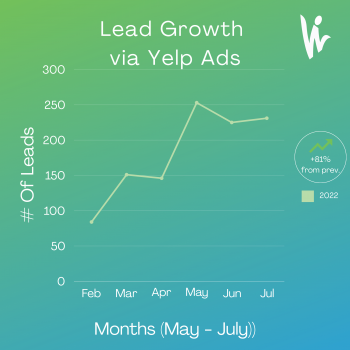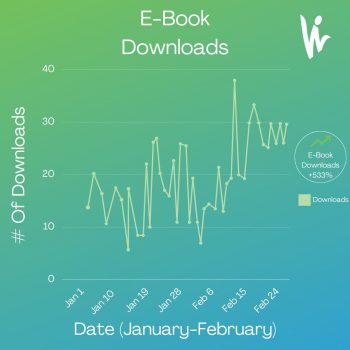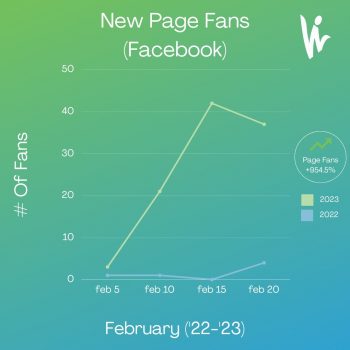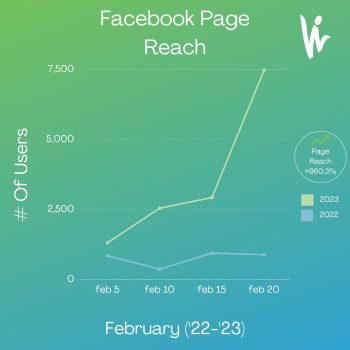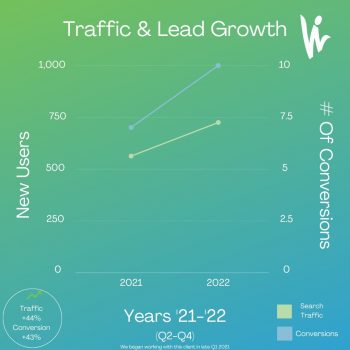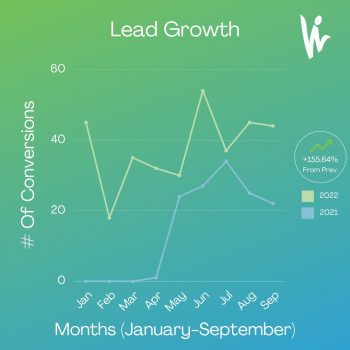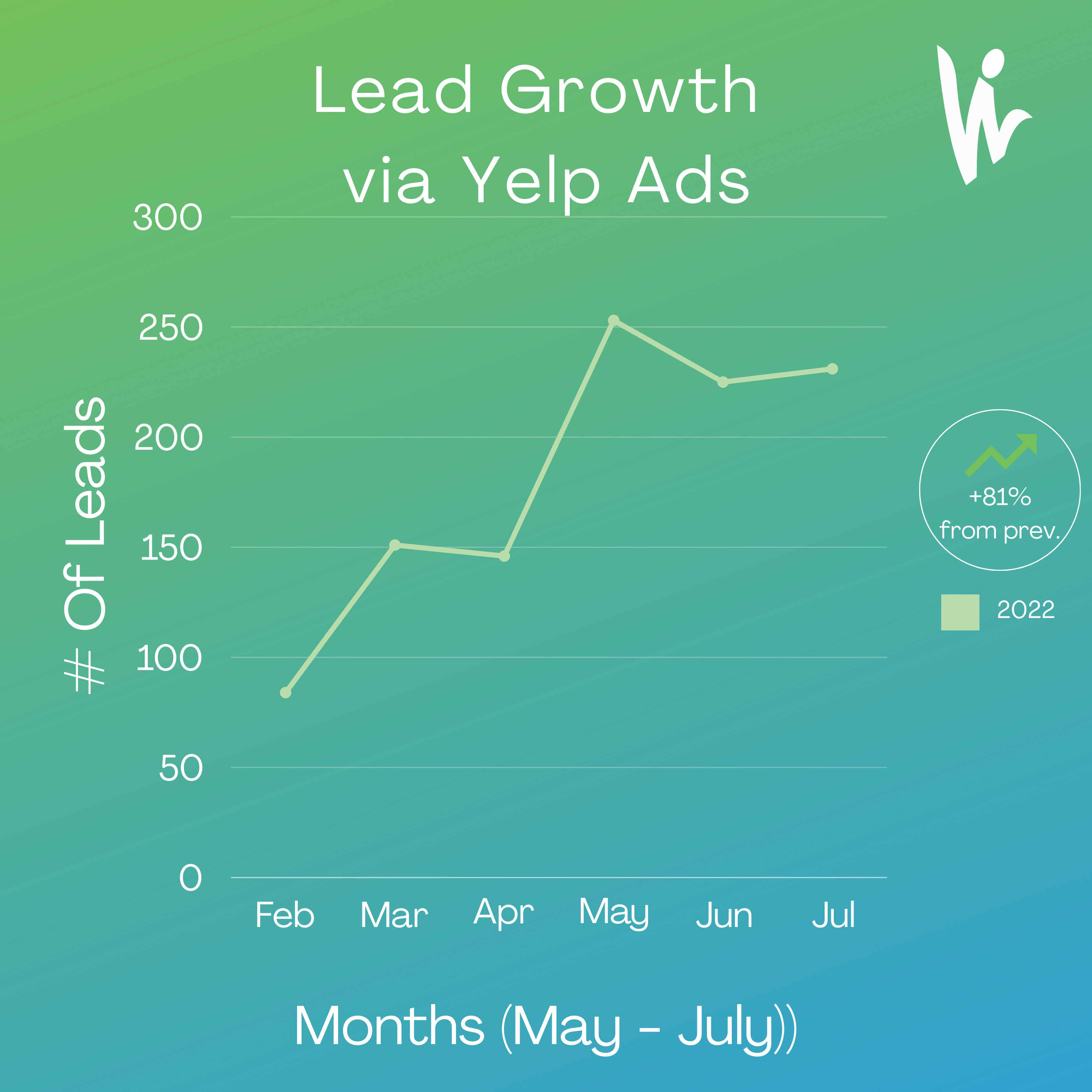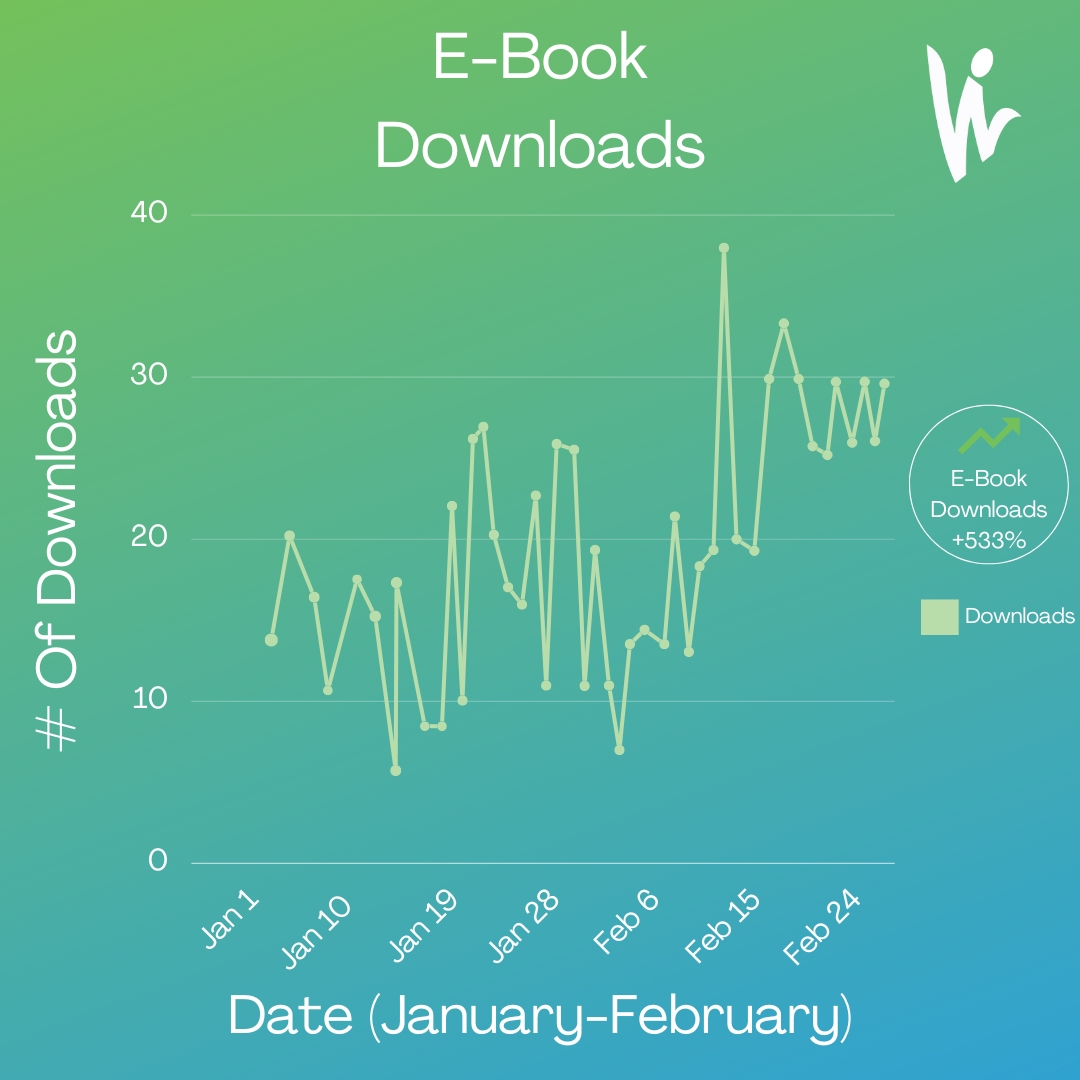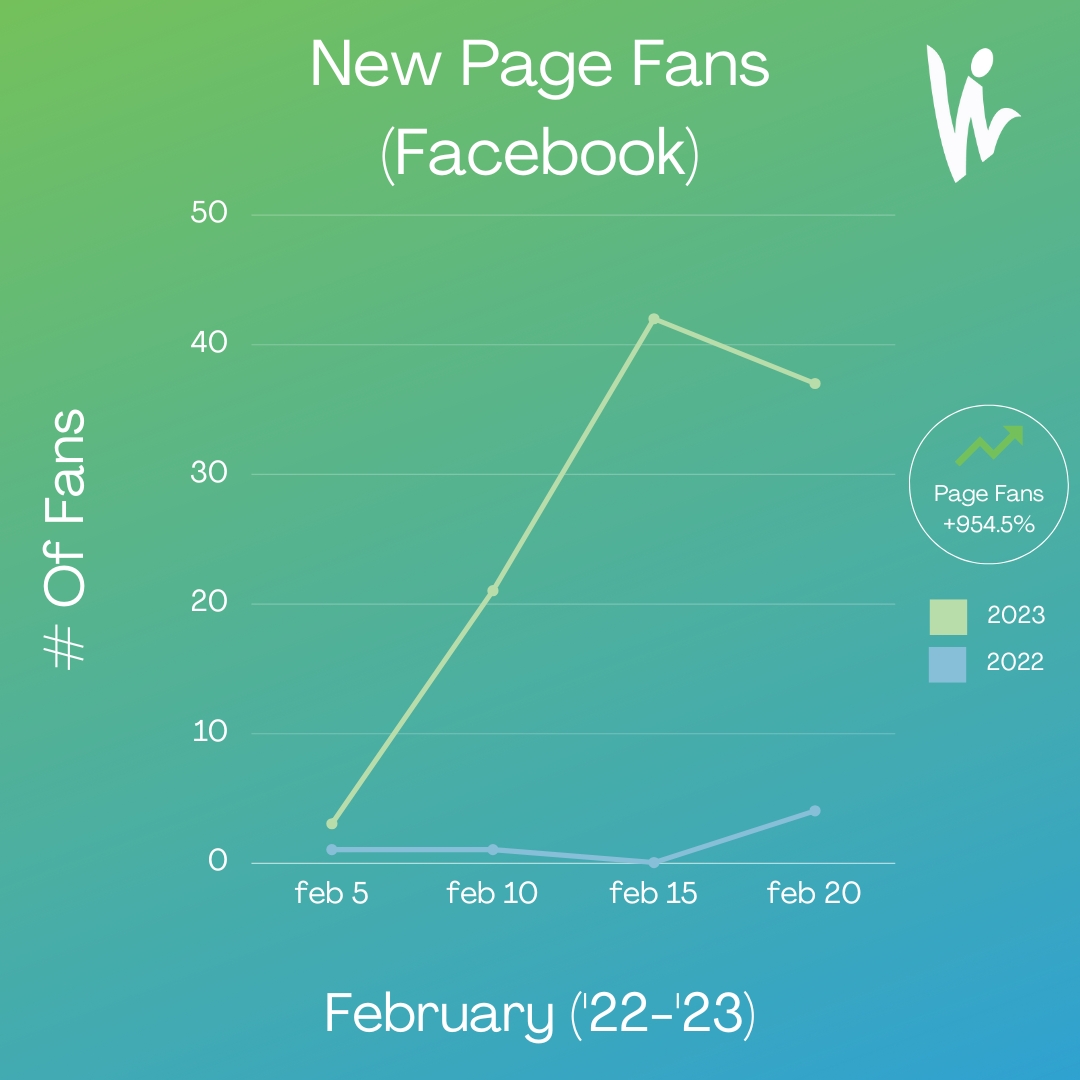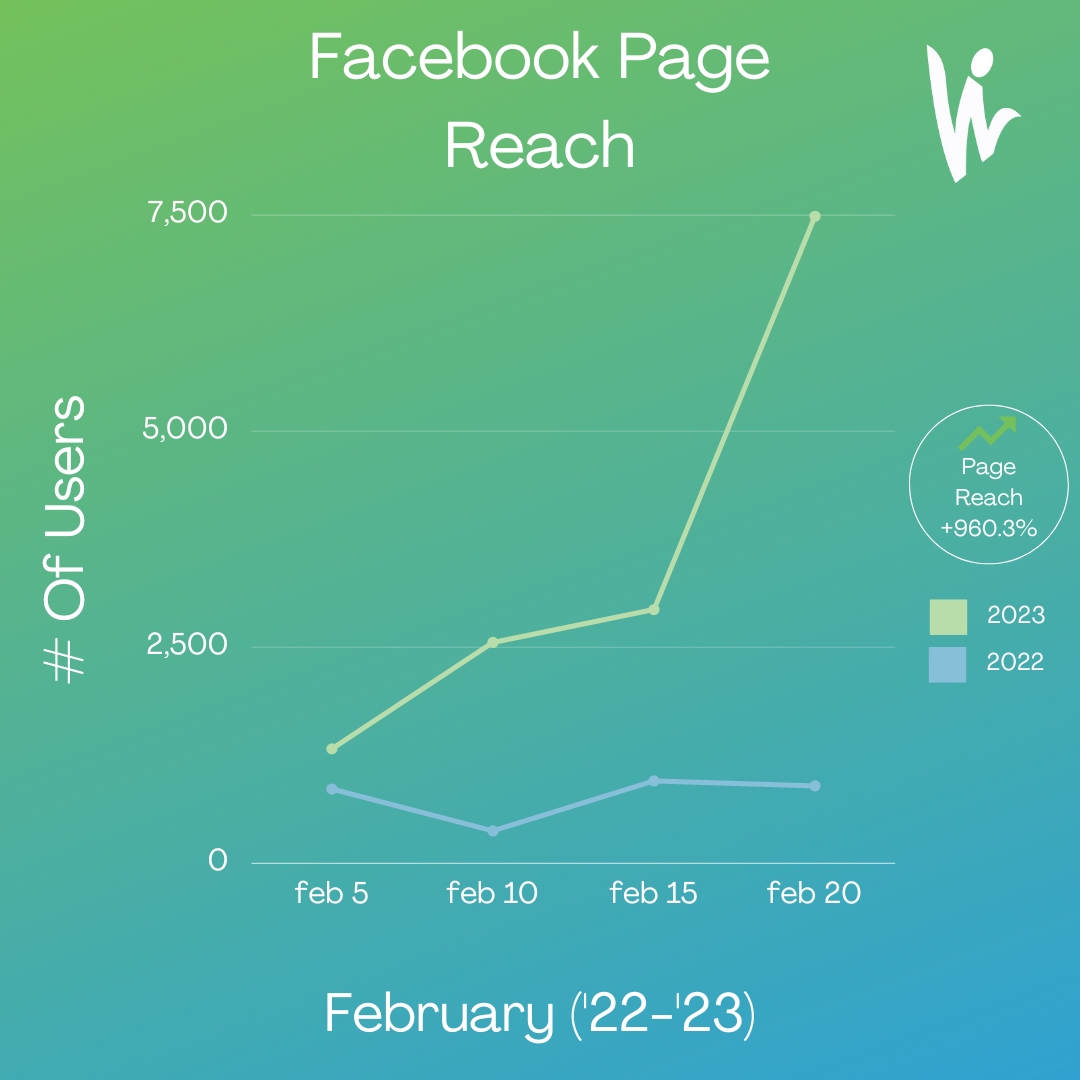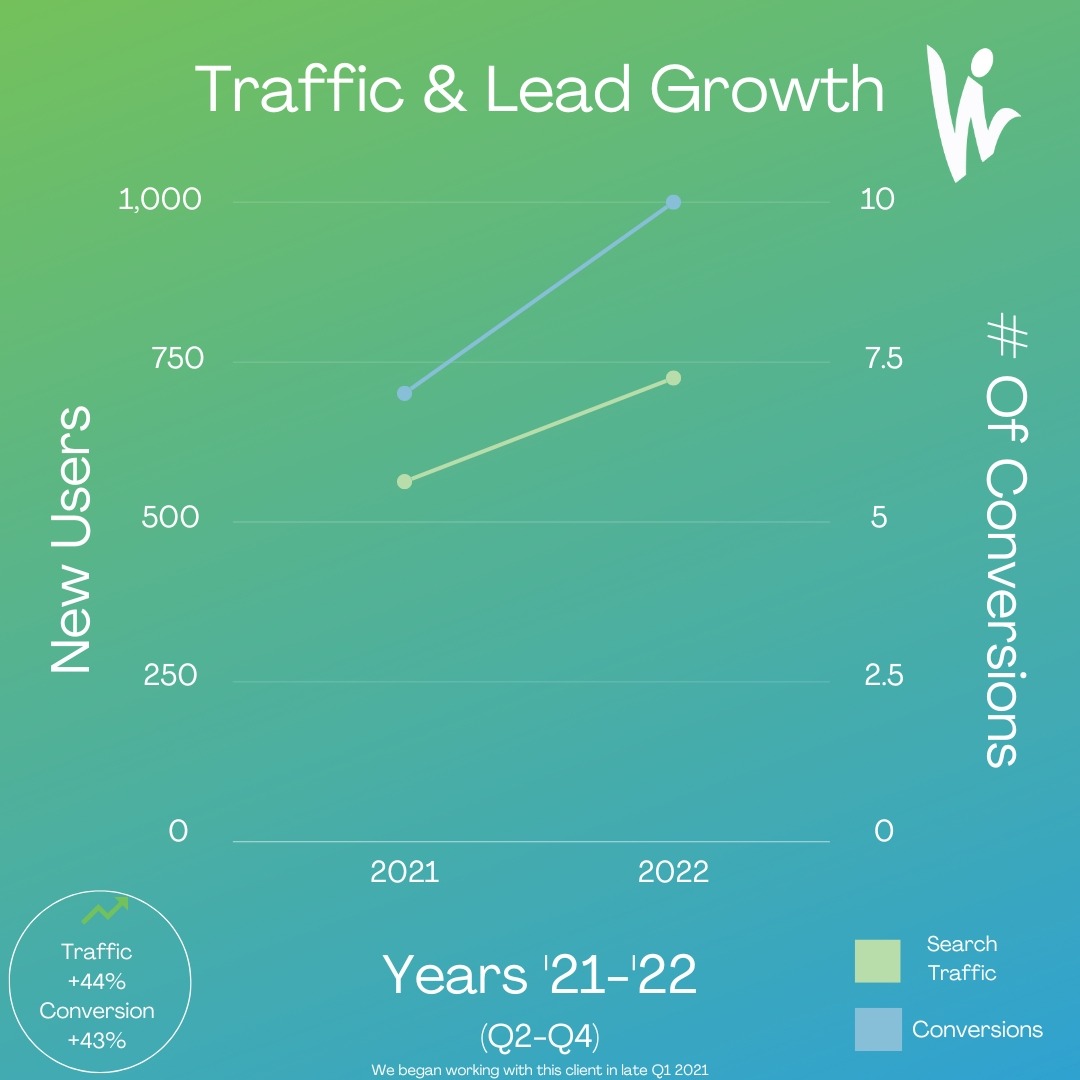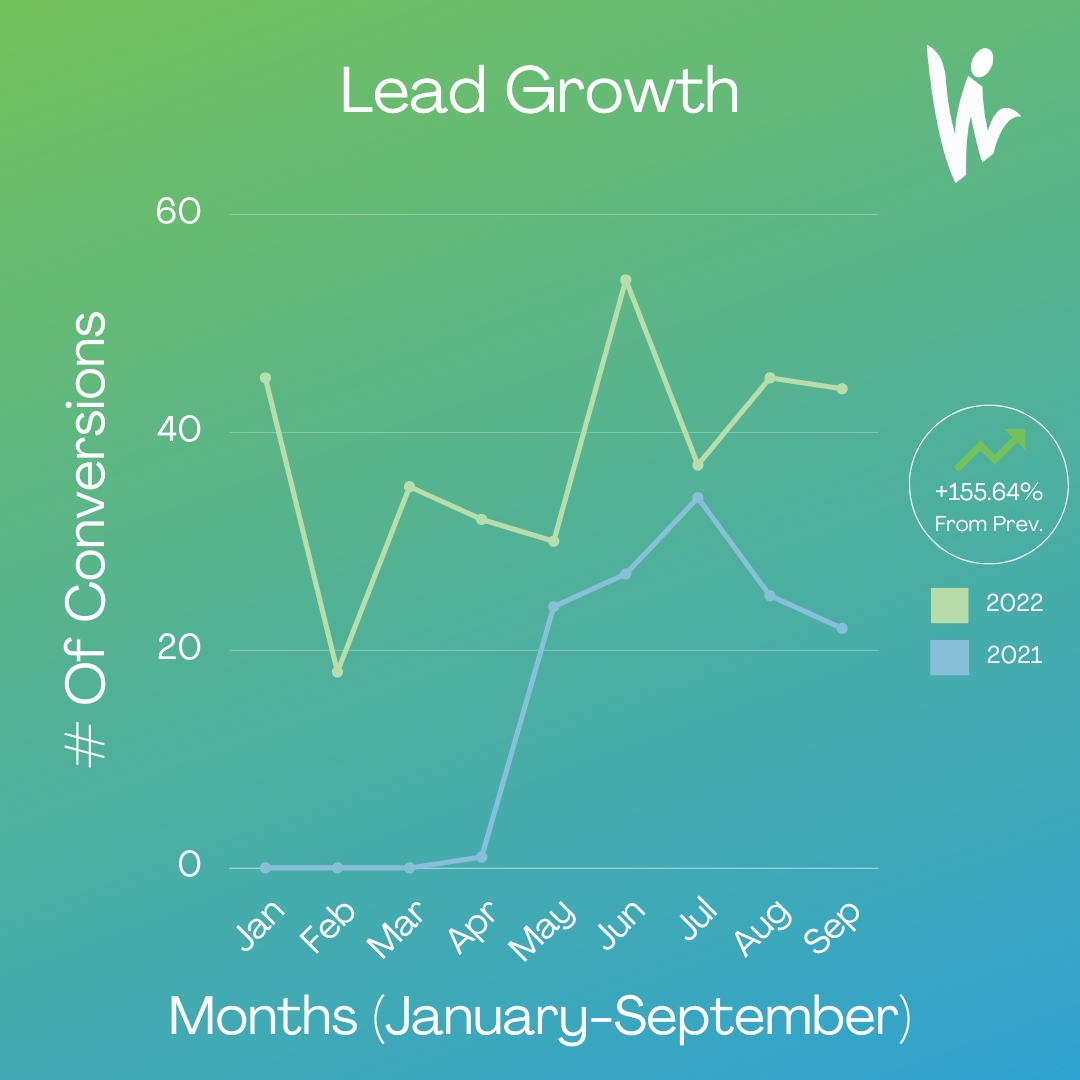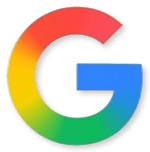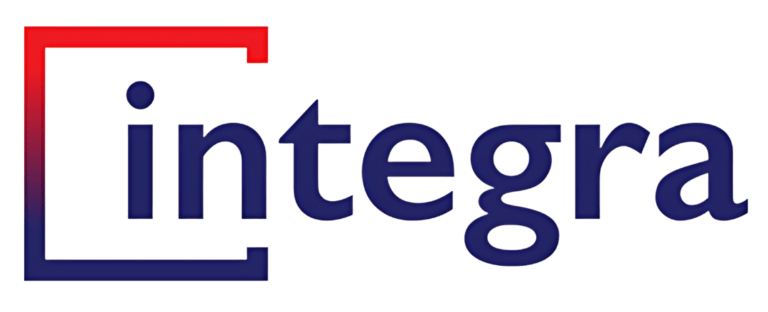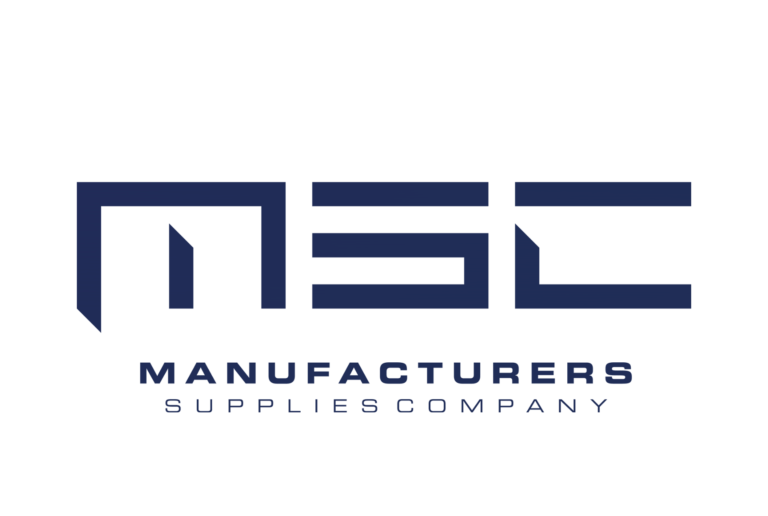Email Marketing
Turn your inbox into a lead magnet with email marketing services.
Email marketing boasts high ROI and conversion rates by reaching customers directly. We offer professional template design, email content creation, and targeted list growth to help you achieve your goals, from boosting sales to promoting events. We’ll take it off your plate and provide insightful reports. MailChimp, Constant Contact, and more. Free Estimates.
Primary Service Pages or Email Marketing
We've been helping brands grow online since 1999.
Digital Marketing
Elevate your brand online with SEO, Google Ads, Social Media, Email Marketing, and other strategies that make sense for your business.
Website Design
Decades of web design expertise to help you craft an excellent online representation of your business. Hosting + Website Mgmt. available.
Our Portfolio + Results
Explore how we drive impactful results for our clients through tailored digital marketing strategies and tactics.






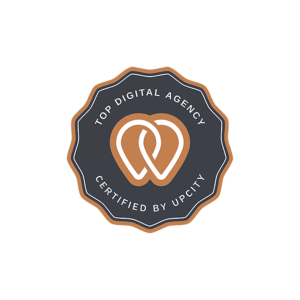
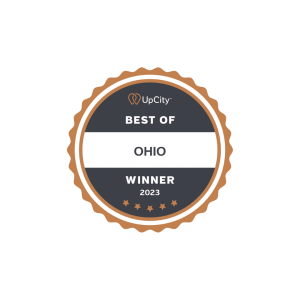

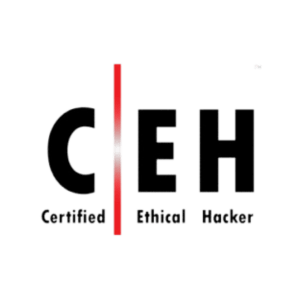
How Email Marketing Helps Your Business Grow
Email remains one of the most cost-effective digital marketing channels. It allows you to connect directly with your audience, nurture leads, share promotions, and keep customers engaged. When done right, email drives repeat business, builds loyalty, and increases revenue.
We design and manage a variety of campaigns depending on your goals: welcome series for new subscribers, newsletters, product announcements, seasonal promotions, cart abandonment reminders, and more. Every campaign is tailored to your audience and objectives.
We leverage AI-driven tools and automation to optimize campaigns for better performance. This includes testing subject lines, identifying the best send times, segmenting audiences based on behavior, and personalizing content at scale. These insights help us maximize open rates, engagement, and conversions.
While anyone can send an email, effective email marketing requires strategy, design, copywriting, automation, and analytics. Our team ensures your campaigns look professional, reach inboxes (not spam folders), and deliver measurable results—all while saving you time.
We use ethical, permission-based strategies to grow your subscriber list, such as optimized signup forms, website popups, gated content, and lead magnets. We never purchase lists—instead, we help you build a quality audience that wants to hear from you.
We provide detailed reporting on open rates, click-through rates, conversions, and revenue attribution. This transparency lets you see exactly how email impacts your sales funnel and return on investment.
We work with industry-leading platforms like Mailchimp, Constant Contact, Klaviyo, and HubSpot, depending on your needs and existing systems. We’ll recommend the best option for your business and manage the technical setup.
Yes. Our team creates branded, mobile-responsive templates that look professional across all devices. Consistent design strengthens brand recognition and improves engagement.
Absolutely. We set up automated workflows for tasks like onboarding new customers, re-engaging inactive subscribers, or following up after a purchase. Automation saves you time and keeps your audience engaged without manual effort.
The right frequency depends on your business, audience, and goals. Most businesses benefit from sending 1–4 emails per month, but we’ll work with you to find the balance between staying top-of-mind and avoiding subscriber fatigue.
Many businesses see improvements in engagement and traffic within the first few campaigns. Significant growth in conversions and revenue typically develops over 3–6 months as your list grows and campaigns become more refined.
Put 25 years of experience to work for you.
